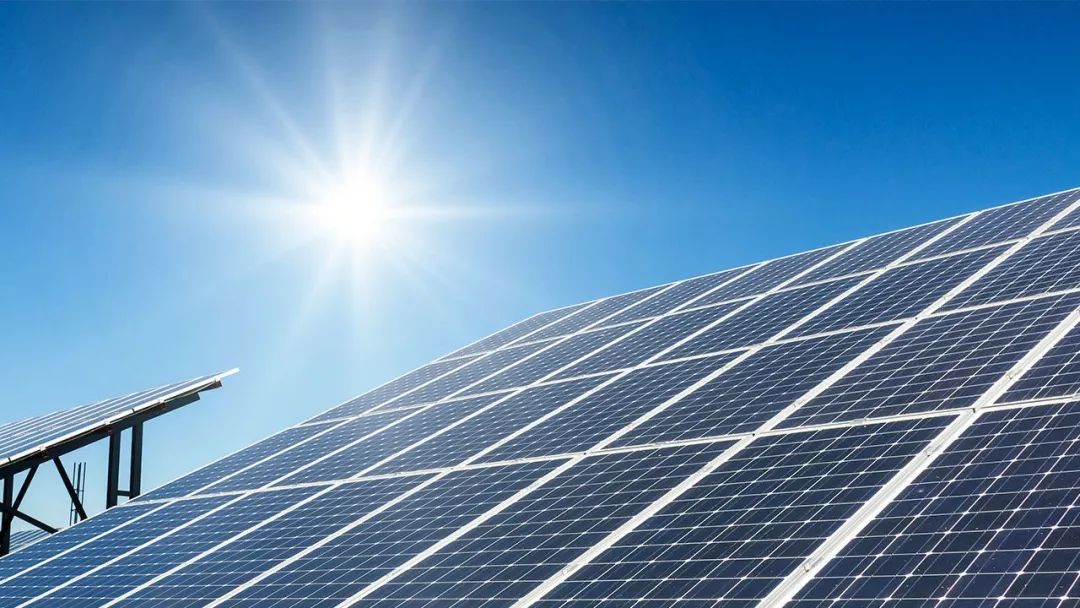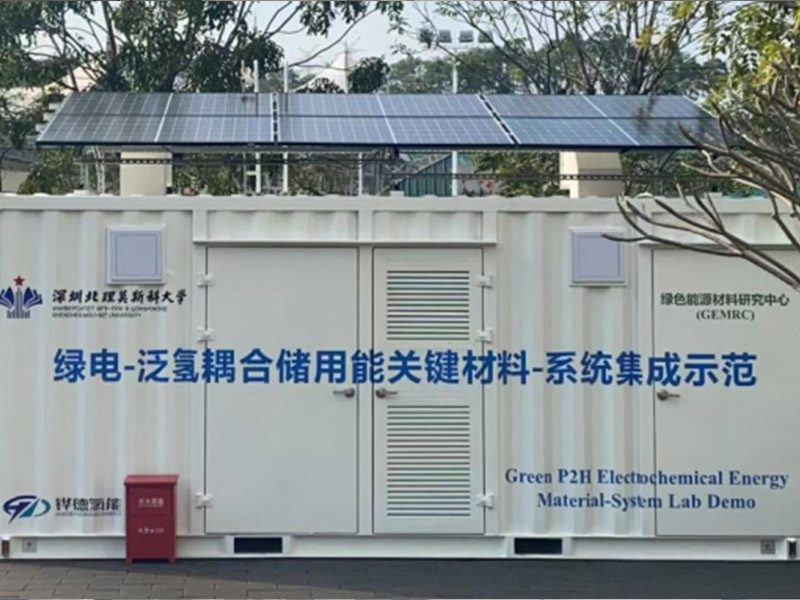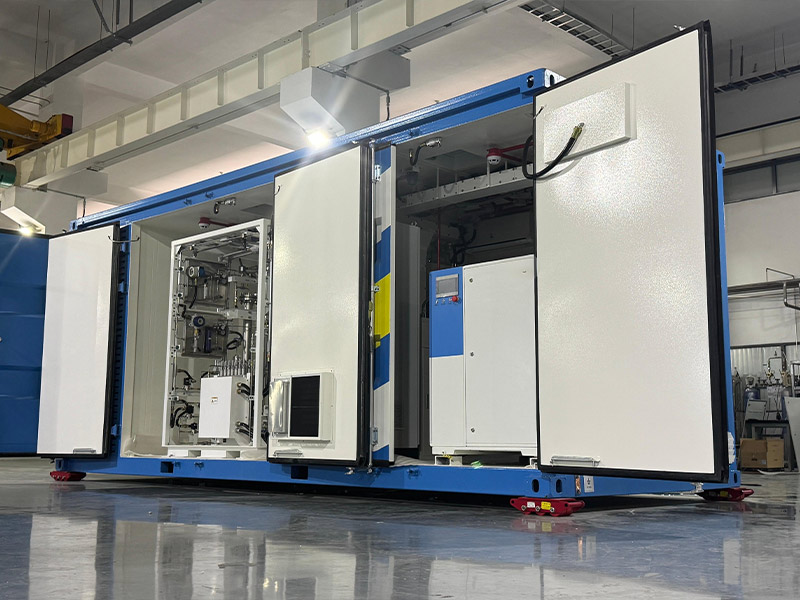As the demand for clean and renewable energy sources continues to rise, two leading technologies stand out in the race toward a sustainable future: solar hydrogen and wind power. Both promise zero emissions and long-term energy independence, but when it comes to efficiency, reliability, and overall value, how do they truly compare?
This article breaks down the pros and cons of solar hydrogen versus wind energy—helping you understand which option may be more efficient for your home, business, or community energy needs.
Keypoints
l Solar hydrogen harnesses solar power to produce clean fuel through water electrolysis, creating a completely emission-free energy cycle.
l Unlike battery storage, hydrogen can preserve solar energy for extended periods, making it ideal for seasonal energy needs and grid stability.
l This technology provides complete energy independence, allowing homes and businesses to operate off-grid without relying on fossil fuels.
l Solar hydrogen systems deliver dual benefits by generating both electricity and usable heat, maximizing energy efficiency for various applications.
l As a scalable solution, solar hydrogen supports global sustainability goals while offering practical advantages like lower energy costs and reliable backup power.

Solar hydrogen is produced by using solar panels to power electrolysis—a process that splits water into hydrogen and oxygen. The hydrogen is then stored and can be used later in fuel cells to generate electricity and heat, with water vapor as the only emission.
This energy model combines renewable energy generation, energy storage, and on-demand power delivery, making it a versatile solution for 24/7 clean energy.
Solar Hydrogen Process
Solar panels generate electricity from sunlight.
An electrolyzer uses this electricity to split water (H₂O) into hydrogen (H₂) and oxygen (O₂).
Hydrogen is stored or used in fuel cells, industry, or transportation.
✅ Pros:
Works best in sunny regions (deserts, tropical zones).
Can be decentralized (small-scale rooftop systems).
❌ Cons:
Intermittent (no production at night).
Lower capacity factor (~20-30%) than wind.

Wind power uses turbines to convert kinetic energy from wind into electricity. It's one of the most widely used forms of renewable energy worldwide and is known for its high capacity factor in windy regions and its relatively low operational cost once installed.
Wind farms can be located onshore or offshore and are often integrated into the grid or used in hybrid energy systems.
Wind Hydrogen Process
Wind turbines generate electricity from wind.
The electricity powers an electrolyzer to produce hydrogen.
Hydrogen is compressed, stored, or transported.
✅ Pros:
Higher capacity factor (~30-50%) in windy regions.
Can produce hydrogen 24/7 if wind is consistent.
❌ Cons:
Requires strong, steady winds (offshore wind is best).
More infrastructure-dependent than solar.
Let’s explore the key differences between solar hydrogen and wind in terms of efficiency, reliability, flexibility, environmental impact, and cost.
Wind Power Efficiency: Wind turbines can convert 35–45% of wind energy into electricity, depending on the wind speed and turbine technology. This gives wind one of the highest conversion rates among renewables.
Solar Hydrogen Efficiency: Solar panels typically convert 15–22% of sunlight into electricity. Electrolysis then converts that power into hydrogen at about 60–70% efficiency, and fuel cells reconvert hydrogen into electricity at 50–60% efficiency. The combined round-trip efficiency is lower than wind.
✅ Winner: Wind power, in terms of raw energy conversion efficiency.
Solar Hydrogen: One of its biggest strengths is built-in storage. Hydrogen can be stored for long periods and used on demand, including during nights or cloudy days.
Wind Power: Wind turbines rely on battery storage or connection to the grid. When the wind doesn’t blow, production drops. Storage integration is possible but adds complexity and cost.
✅ Winner: Solar hydrogen, for energy storage and self-sufficiency.
Wind Power: Highly dependent on local wind conditions. Output can vary drastically, even within a single day, making it less predictable.
Solar Hydrogen: While solar energy is also weather-dependent, solar patterns are more predictable on a daily and seasonal basis. With hydrogen storage, it becomes a steady energy source.
✅ Winner: Solar hydrogen, for consistent power delivery when paired with storage.
Wind Turbines: Require significant space, especially for large turbines. Best suited for open rural or coastal areas with strong wind resources.
Solar Hydrogen Systems: Rooftop solar panels can be installed in urban areas, and hydrogen tanks take up relatively little space.
✅ Winner: Solar hydrogen, for flexibility in residential and urban settings.
Wind Power: While clean, wind turbines can produce noise and affect bird populations. Large installations also alter the landscape.
Solar Hydrogen: Quiet operation and minimal visual impact. Hydrogen fuel cells are safe and emission-free when handled properly.
✅ Winner: Solar hydrogen, for minimal environmental disruption.
Wind Power: After initial installation, wind turbines have low operating costs but require regular maintenance for moving parts.
Solar Hydrogen: Higher upfront cost due to electrolysis and storage units, but low maintenance and high durability of panels and fuel cells.
✅ Winner: Tie — wind is cheaper upfront; solar hydrogen offers long-term reliability.
Wind Power: Scales well for utility-scale applications and offshore wind farms.
Solar Hydrogen: Easily integrated into residential, commercial, and microgrid setups. Ideal for off-grid living, disaster-prone areas, or mobile applications.
✅ Winner: Solar hydrogen, for flexible scaling and hybrid use.
Saudi Arabia
Australia
Chile
Low land costs
High solar irradiance
North Sea (UK, Germany)
U.S. Great Plains
Patagonia (Argentina)
Strong, consistent winds
Higher capacity factor
✔ Easier to deploy at small scale (rooftops, microgrids).
✔ Better for decentralized energy (remote areas, developing nations).
✔ More efficient in optimal locations.
✔ Offshore wind farms can produce massive amounts of hydrogen.
The Verdict:
For large-scale projects: Wind hydrogen (especially offshore) will likely dominate.
For distributed & sunny regions: Solar hydrogen is more practical.
Hybrid systems (solar + wind) may offer the best balance.
Solar panels power an electrolyzer to split water into hydrogen, which is stored and later converted back to electricity in fuel cells—producing only water as waste.
Yes, for long-term storage. Hydrogen doesn’t degrade like batteries and can store energy for months, making it ideal for seasonal use.
Absolutely! With proper sizing, a solar hydrogen system can provide 24/7 off-grid power for homes, including heating and appliances.
Yes, with proper equipment. Modern systems include safety features like leak detectors and ventilation, similar to natural gas systems.
Initial costs are higher, but hydrogen’s longevity and energy density make it more cost-effective for long-term, high-capacity needs.
Yes—hydrogen fuel cell vehicles (like Toyota Mirai) run on it, or you can charge EVs with electricity from your hydrogen system.
Better than batteries! Hydrogen systems perform reliably in winter, where batteries often lose efficiency.
Minimal—just periodic checks of tanks, electrolyzers, and fuel cells, with no regular replacements like batteries.
Tanks can be placed outdoors or in ventilated spaces. Compact options are available for urban homes.
Completely. Solar hydrogen produces zero emissions at every stage—from production to power generation.


